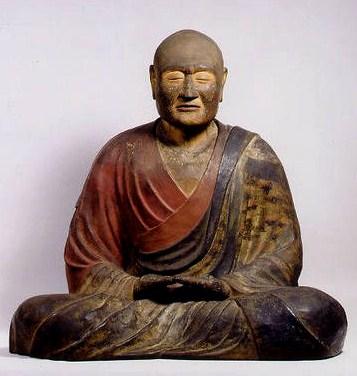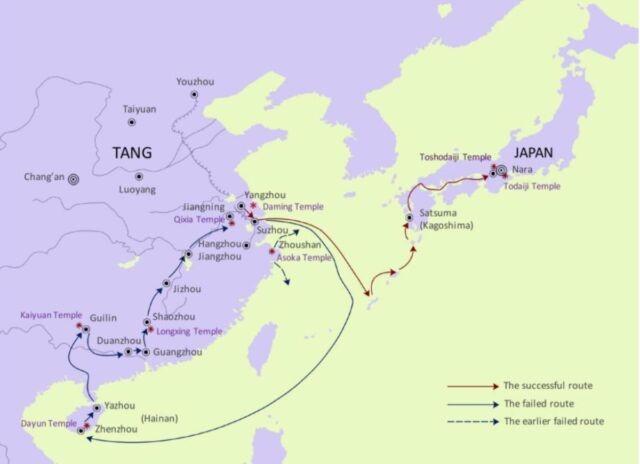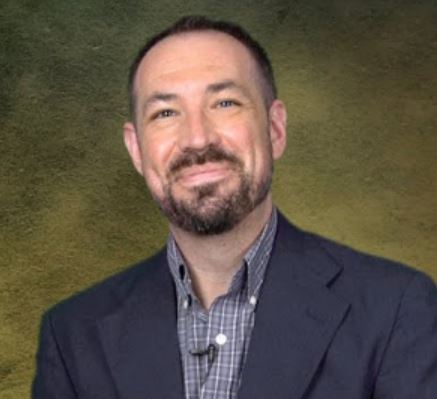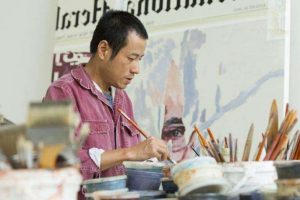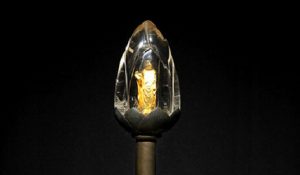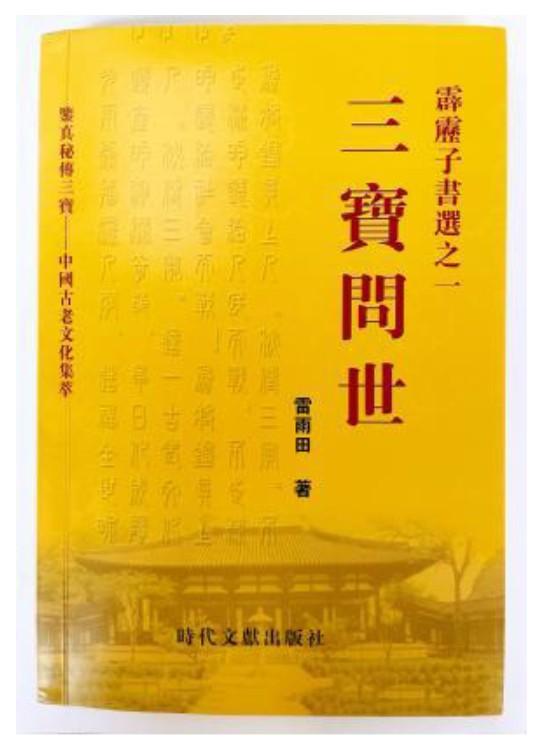
A team of researchers from Japan and China have rediscovered a book containing most of the original prescriptions of the Chinese monk Jianzhen (Ganjin in Japanese), who is credited with bringing Chinese traditional medicine from China to Japan. The discovery, led by Prof. Toshihiko Matsuo of the Graduate School of Interdisciplinary Science and Engineering in Health Systems, Okayama University, was detailed in the academic journal Compounds last month.
The article was co-authored by Shihui Liu, former assistant professor at Okayama University, visiting research fellow Chie Matsuo, and Senior Assistant Prof. Takumi Abe, both from Okayama University.
“Before the book Jianshangren’s Secret Prescription was found, everyone thought it had disappeared in the world,” Shihui Liu and his co-authors wrote. “Fortunately, we found it before it disappeared completely. It has not yet been included in the intangible cultural heritage. As we all know, intangible cultural heritage itself is very fragile.” (Compounds)
They continued: “Everything has a process of generation, growth, continuation, and extinction, and the remains of intangible cultural heritage are also in such a dynamic process. We hope to draw more people’s attention to protect many intangible cultures that are about to disappear, including Jianshangren’s Secret Prescription.” (Ars Technica)
Jianzhen was born in Yangzhou, China, in 688 CE and became a monk at Dayun Temple at the age of 14. After developing expertise in sutra study and medicine, he traveled to Japan in 753 at the request of an emissary from Japan. The successful journey followed more than 10 years of failed attempts, each thwarted either by poor weather or political interventions. Blind at the time of his eventual arrival in Japan, Jianzhen nonetheless successfully introduced Chinese traditional medicine, taught Buddhism, and encouraged the reception of Chinese culture for 10 years until his death in 763.
Jianzhen’s collection of prescriptions, 1,200 in total, was called Jianshangren (Holy Priest Jianzhen)’s Secret Prescription. It was thought to have been lost completely until the paper’s authors found them in a book published in 2009. “The author of the book is Lei Yutian,” they wrote in their article, “is the 52nd generation from the passage of Jianzhen’s secret three treasures. . .” (Compounds)
According to the authors, the prescriptions were passed down from teacher to disciple and kept secret until now.
The researchers claim that the prescriptions prove that the herbal medicine of Japan, known as Kampo, is derived from Jianzhen. “People in Japan can buy Kampo medicines as over-the-counter drugs at pharmacies. This unique system in Japan has derived from a long history of systematic prescription of Kampo medicines and would have an origin in Jianzhen’s prescription in the eighth century,” observed Matsuo. (Science Daily)
Matsuo also expressed his hope that Kampo would spread beyond Japan. “People in other countries also have a chance to use Kampo medicines in combination with Western medicines. Jianzhen is one of the first people to bring Chinese traditional medicine to Japan. He is considered an ancestor of Kampo medicine, who molded Chinese traditional medicine to suit the needs of Japanese people.” (Science Daily)
Chinese traditional medicine was developed over several centuries in China and has spread throughout East and Southeast Asia. It uses extracts from plants, animals, and minerals to maintain energy balances in patients. Today, Chinese traditional medicine is widely utilized in concert with Western medical models and practices by experts around the world.
The authors of the paper expressed hope that protection of the prescriptions as Japanese intangible cultural heritage would ensure that humanity does not lose the wisdom gathered over many centuries. They also pointed to recent discoveries in which researchers made major breakthroughs to fight disease by utilizing Chinese traditional medicine.
“Therefore, traditional Chinese medicine may serve as a huge drug resource library,” the authors claimed. “We will continue to discover and extract useful active molecules to treat more diseases in patients and to make greater contribution to human health.” (Ars Technica)
See more
Lost 8th-century Japanese medical text by Buddhist monk has been found (Ars Technica)
Traditional Chinese Medicines and Prescriptions Brought from China to Japan by a Monk (Jianzhen, Japanese: Ganjin): A Historical Review (Compounds)
Tracing the origin of Kampo, Japan’s traditional medicine (Science Daily)
Related news reports from BDG
Renowned Buddhist Monk and Physician Yeshi Dhonden Closes Clinic in Dharamsala
Pittsburg Mayor Welcomes Dr. Barry Kerzin’s Altruism in Medicine Institute
India, China in Heritage Tug-of-war over Sowa-Rigpa Traditional Buddhist Medicine
Museum of History of Buryatia Holds 20th Anniversary Exhibition of the Atlas of Tibetan Medicine
Related features from BDG
Buddhistdoor View: Rethinking the Animal Trade with Ashokan Priorities
Buddhistdoor View: All Manner of Healing in a Post-COVID Age
Purity, Impurity, and the Five Elements
Dr. Eliot Tokar: The Novel Coronavirus Through the Lens of Tibetan Medicine
Survey of Buddhist Healing Practices in Philadelphia Publicly Available
Curing Illness with Meditation in Sixth Century China


